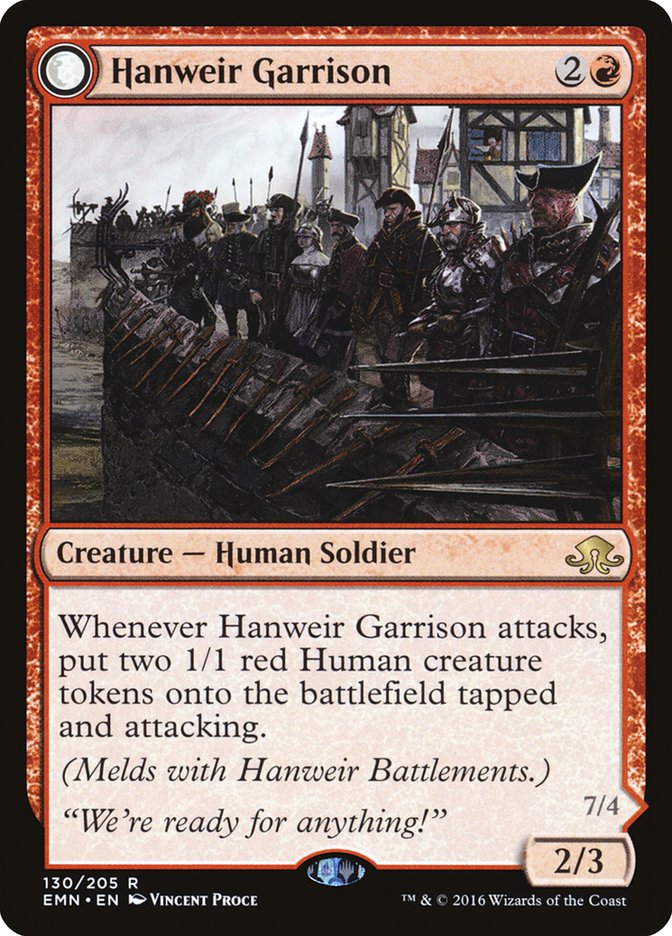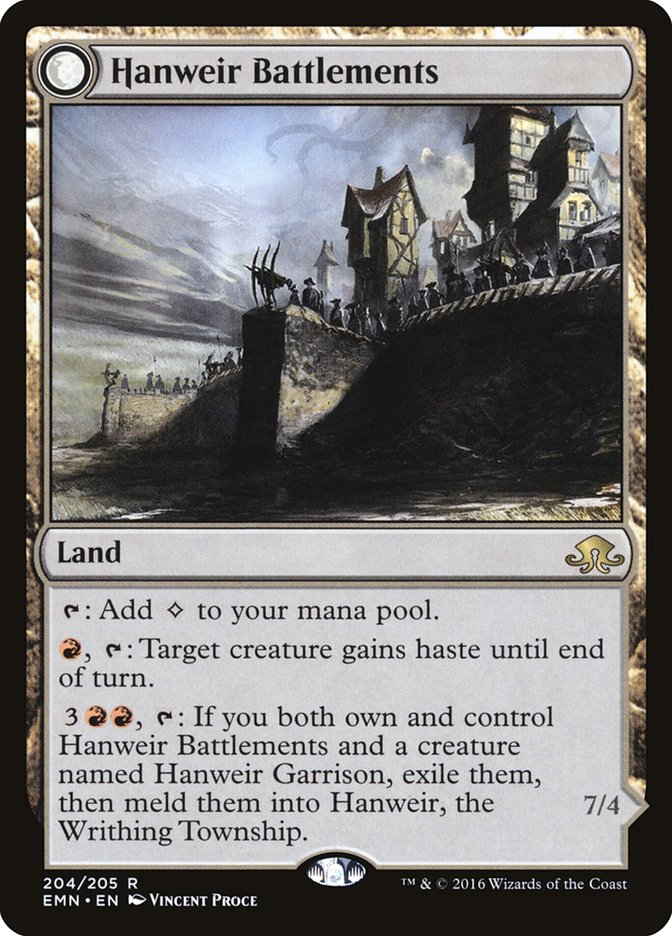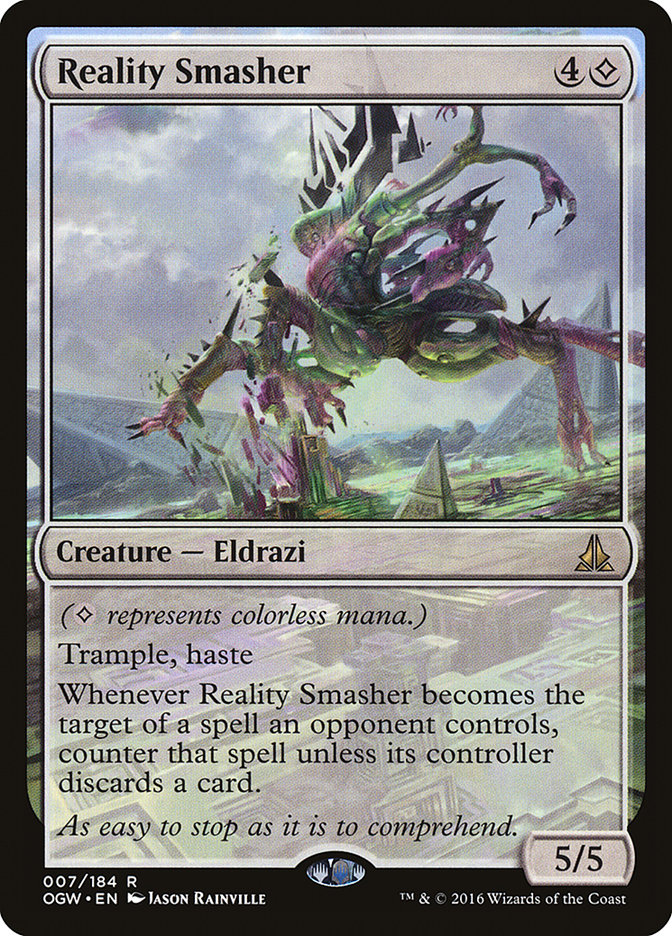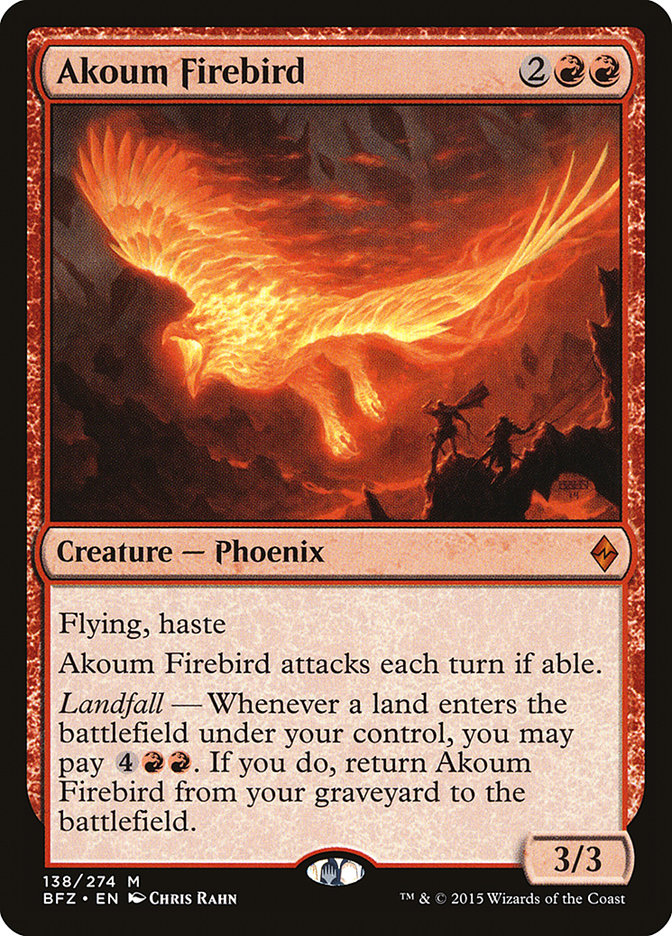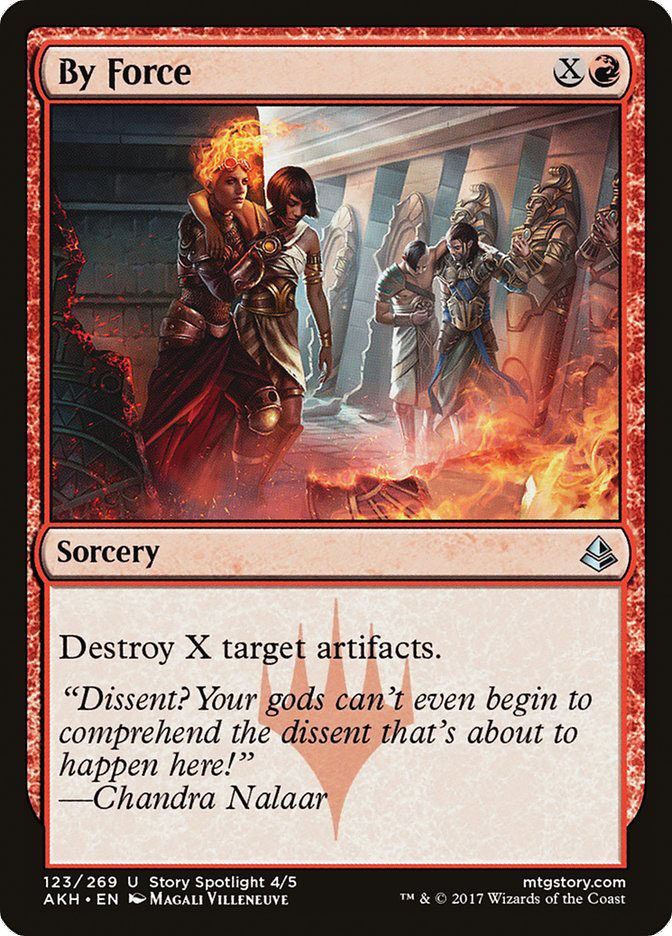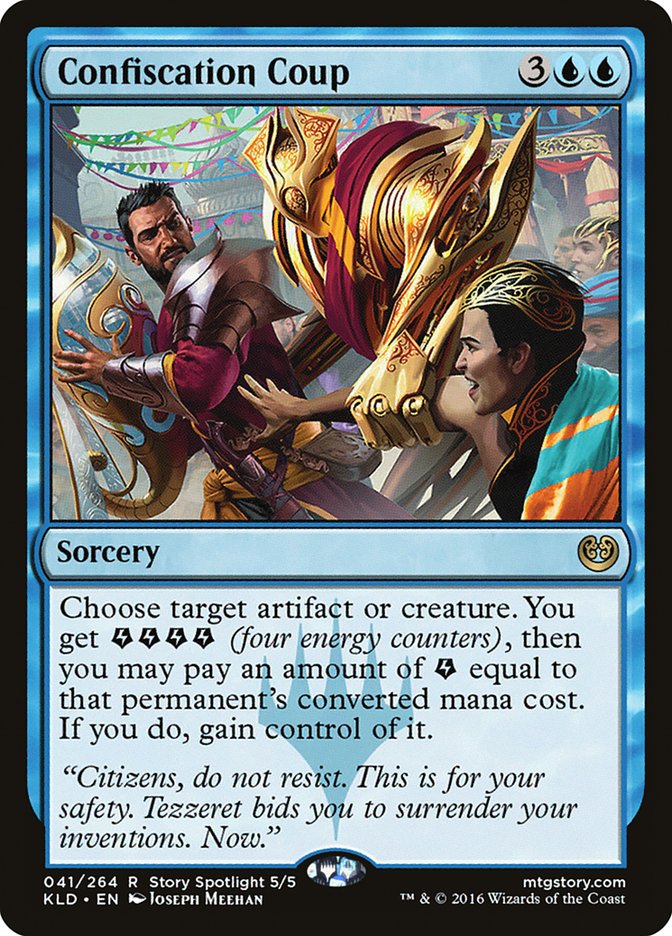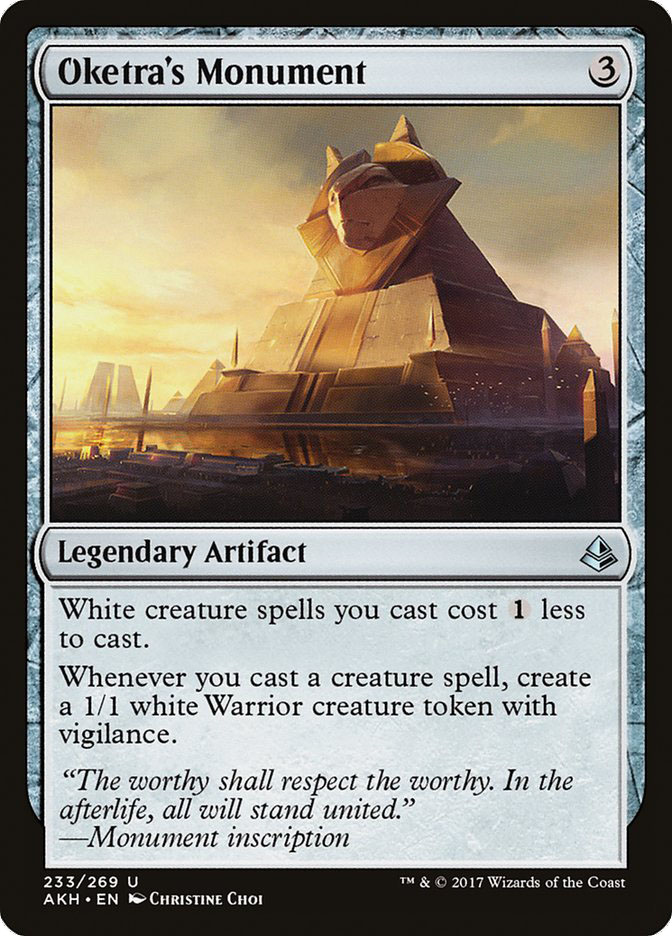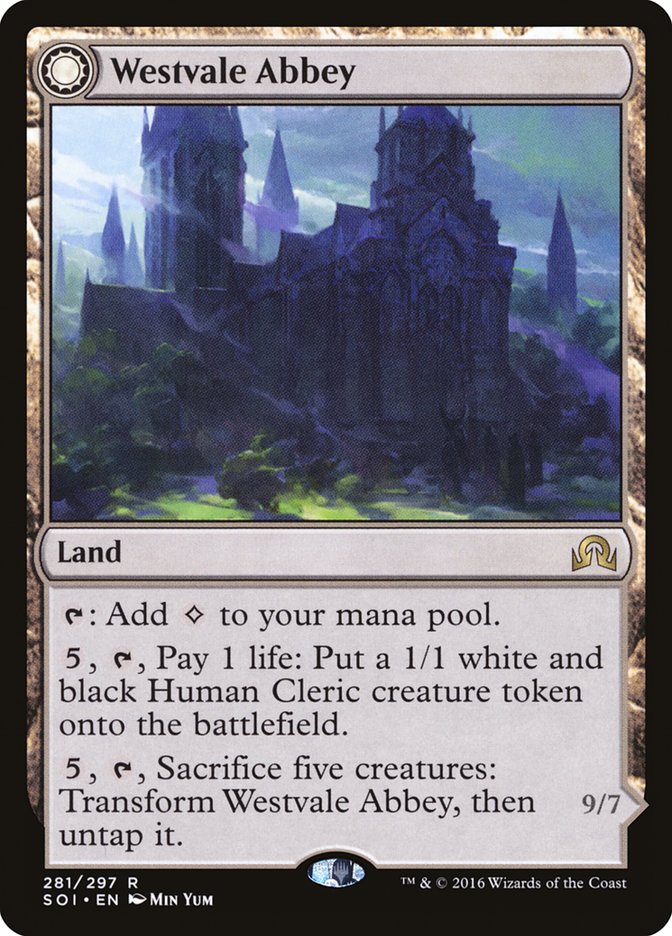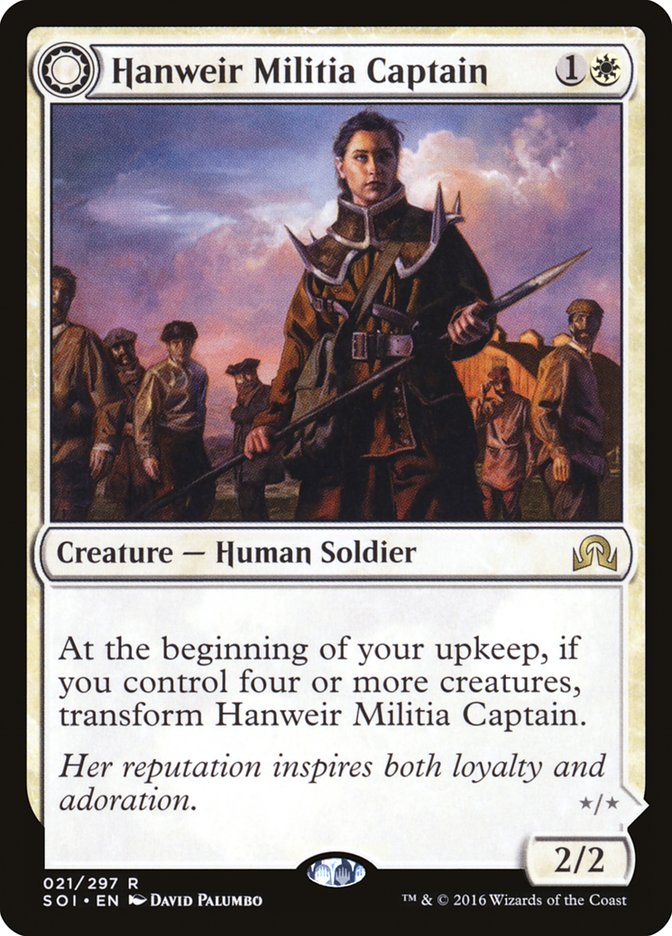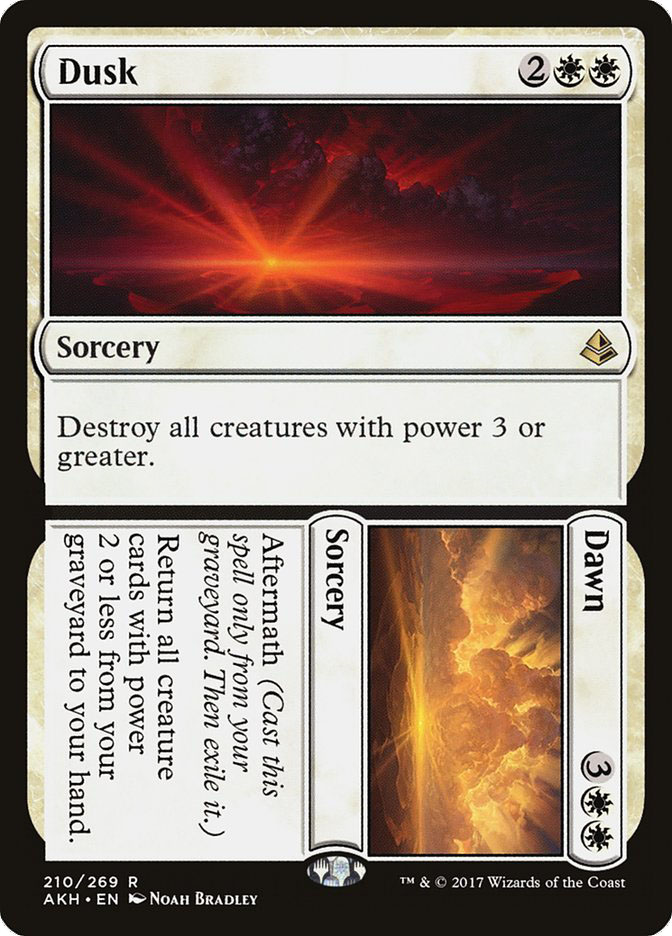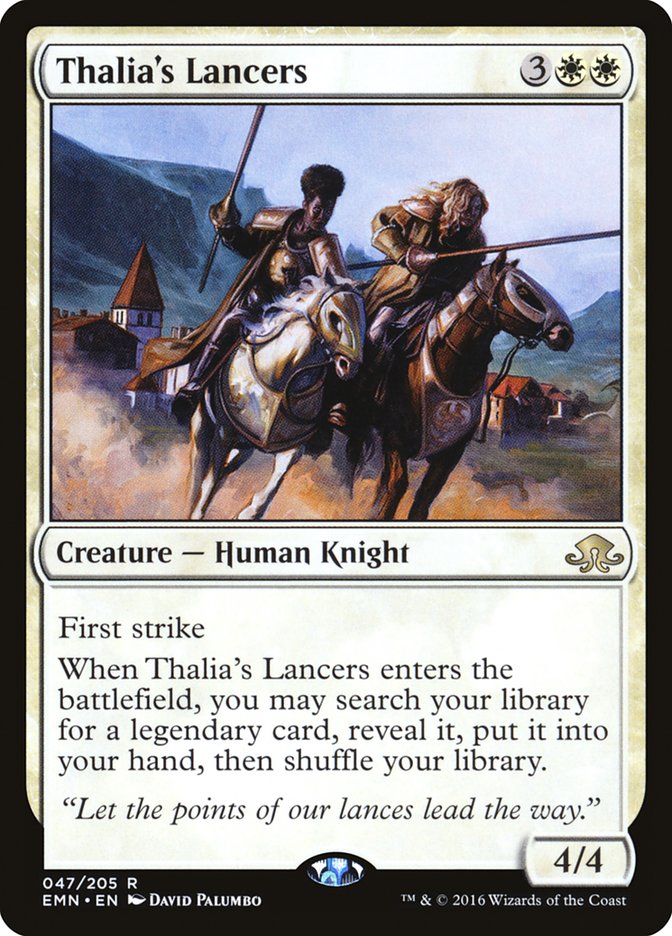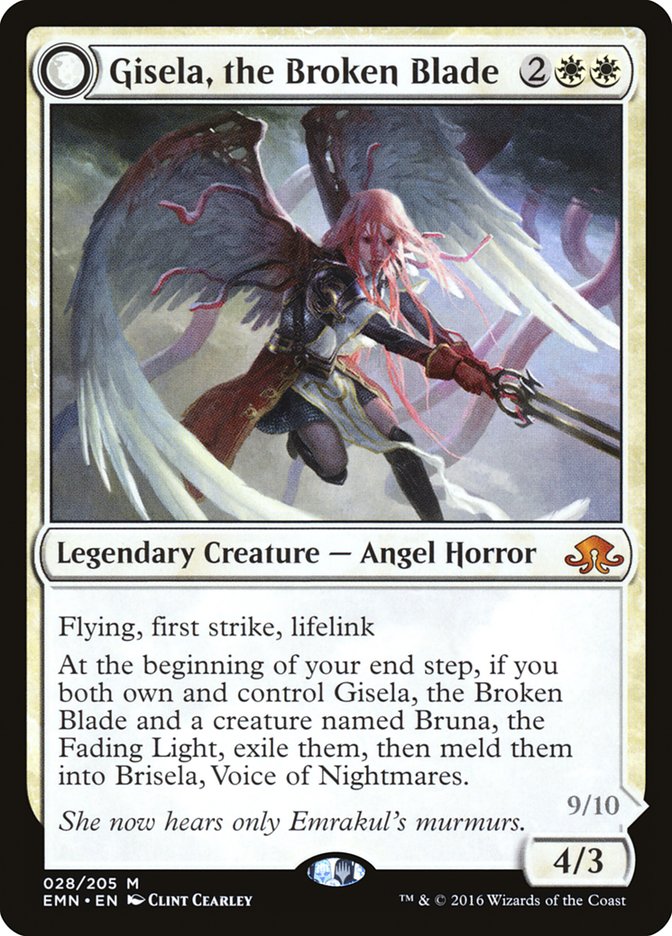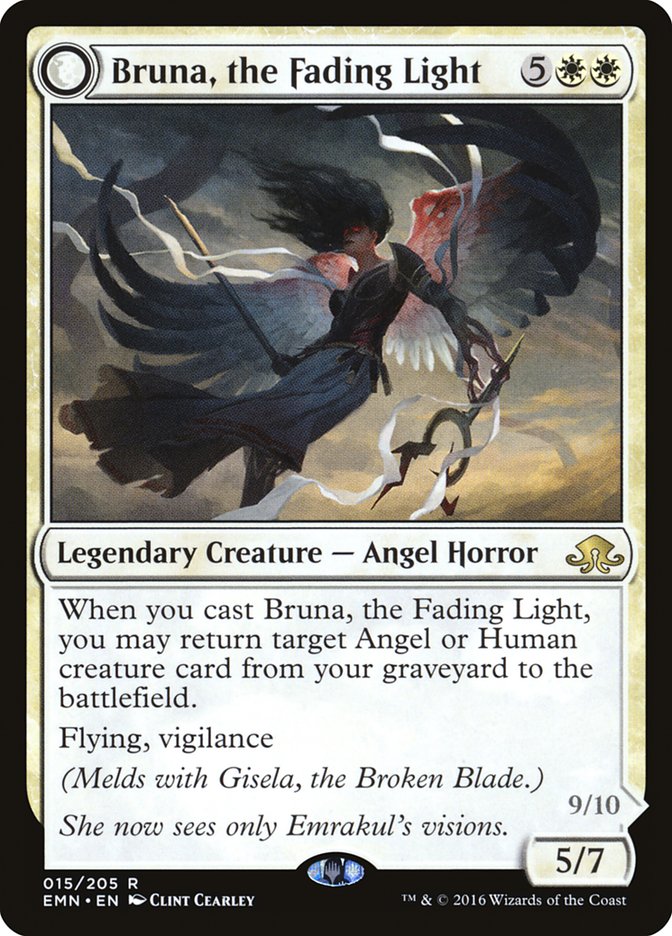We’re almost there, just a couple more days until the #SCGINVI in my new hometown of Roanoke, VA, which will be the biggest tournament as far as total prize money that I’ve ever played. It’s a two-format tournament featuring both Standard and Modern, and I’m much more familiar with the latter than the former. I’ve had quite the run recently in Modern, finishing in the Top 8 of the last four Modern SCG Opens that I’ve played, but Standard has recently turned into a new format again with the recent banning of Aetherworks Marvel.
The current consensus top five decks of Standard are, in no particular order:
Temur Energy
B/G Energy
Mardu Vehicles
Zombies Variants
U/R Control
Already we can tell the format is much healthier without the presence of Aetherworks Marvel, as you need to be ready for all five of these different strategies at the #SCGINVI. If you want some more information on these five strategies I recommend checking out Brad Nelson’s guide to the first three I listed, Gerry Thompson’s guide to Zombies, or Ari Lax talking about U/R Control.
However, these aren’t your only choices of decks to play in Standard these days, and I’m going to go over some other decks that are viable choices and may be flying under the radar just a little bit.
Creatures (19)
Planeswalkers (4)
Lands (12)
Spells (25)

Let’s start with Mono-Red Eldrazi, the deck I’ve been streaming the most with recently. This specific version was created by Jeremy Lichtenberger, and the strength of the deck is in the power level of the threats it presents.
These two red cards are the backbone of Temur Energy and are still just as strong in Mono-Red Eldrazi. They are the main reason why we are pairing red to go along with colorless as opposed to any other color. The other main reason for red?
These two Hanweir cards are the real deal. Hanweir Garrison is a serious clock for three mana and reminds me of Goblin Rabblemaster, except it has even higher upside when paired with Hanweir Battlements. Sometimes you’ll play the Garrison on turn 3, remove your opponent’s blocker on turn four with a Chandra, Torch of Defiance, and easily ride Hanweir Garrison to victory, similar to what Goblin Rabblemaster would do.
Can you imagine if Goblin Rabblemaster had haste, though? That’s what Hanweir Battlements allows you to do, making the Garrison still a great play on turn 5 or later in the game. Hanweir Garrison is also a must-kill threat when you have a Hanweir Battlements, since the threat of the two melding is always looming, making your Eldrazi more likely to survive.
I’m sure I don’t have to tell you how much I like these two cards. Besides not having access to Eldrazi Temple in Standard, there is also a lot more removal that can kill Thought Knot-Seer in Standard than in Modern. Most Modern decks are built to be more linear and not have as many ways to kill a 4/4 creature, unlike in Standard where there is more interaction between the decks.
That said, Thought-Knot Seer is still a great card in the format even if it dies the turn you cast it because threats such as Glorybringer; Chandra, Torch of Defiance; or Gideon, Ally of Zendikar are wonderful targets to exile. Reality Smasher, on the other hand, is almost certainly going to be a two-for-one when you cast it because most removal is in the form of spells that target, and it’s also a fantastic card at pressuring opposing planeswalkers.
Probably the worst matchup for Mono-Red Eldrazi is U/R Control because of their card advantage and ability to answer all of our threats, and the best card I’ve found to fight them is Akoum Firebird. Okay, I’ll admit, you probably did a double-take there, but the moment you’ve all been waiting for is finally here. Akoum Firebird is a Standard-playable card.
That’s a sentence I didn’t think I would ever type.
The other main part of our sideboard is dedicated to artifact removal including three copies of By Force. The reason for having so many copies of By Force is, of course…
Creatures (12)
Lands (21)
Spells (27)

This deck is the real deal, and this may be the perfect weekend to play it before a lot of people realize it is. For a mostly colorless deck, it has a surprising amount of card draw that makes it fairly easy to find the first copy of Metalwork Colossus each game, and having access to powerful utility lands such as Sanctum of Ugin and Inventors’ Fair is a strength most decks can’t access. It’s not necessarily the easiest deck to pilot, or more specifically to sideboard with. If you’re planning on showing up to the #SCGINVI with undercosted Constructs in your deck, make sure you get your reps in now and have a sideboard plan ready to go against the top decks of the format. For some more information on the deck, check out Brennan DeCandio’s article from last week.
Creatures (17)
- 2 Tireless Tracker
- 2 Bristling Hydra
- 3 Whirler Virtuoso
- 4 Servant of the Conduit
- 4 Rogue Refiner
- 2 Glorybringer
Planeswalkers (9)
- 2 Nahiri, the Harbinger
- 2 Tamiyo, Field Researcher
- 1 Saheeli Rai
- 2 Chandra, Torch of Defiance
- 1 Nissa, Vital Force
- 1 Ajani Unyielding
Lands (11)
Spells (23)
- 5 Forest
- 1 Plains
- 2 Mountain
- 1 Island
- 4 Oath of Nissa
- 2 Oath of Chandra
- 4 Harnessed Lightning
- 4 Attune with Aether
Sideboard

This is a variant of Temur Energy that is looking to out grind any and all opponents by using the natural card advantage that planeswalkers provide.
Six different planeswalkers form our own personal Gatewatch, starting with Saheeli Rai who, to the surprise of some, is still Standard-legal. She is a good threat against control decks if she sticks early in the game, and every creature in the deck has an effect that can be useful with her -2 ability. Chandra, Torch of Defiance doesn’t need an introduction, as I’ve already established her to be one of the best cards in the current format, while Nahiri, the Harbinger; Tamiyo, Field Researcher; and Ajani Unyielding are our only white cards in the deck.
Nahiri and Tamiyo are almost always overperforming in some manner, with both cards being extremely flexible in what they can do the turn you play them. They also make a good combo where you can use Tamiyo to tap down a problematic creature or artifact, such as Heart of Kiran, and then use Nahiri to exile it. Ajani Unyielding is probably my least favorite card in the deck and was more useful when it was necessary to exile an Ulamog, the Ceaseless Hunger. It’s quite possible both Ajani Unyielding and Nissa, Vital Force could be replaced, but I like having access to all of the unique planeswalkers for different situations so far.
If they would be replaced, one option besides just adding in numbers of the four-mana planeswalkers could be Confiscation Coup. I’ve always been impressed with the card in the current sideboard, and with the emphasis on midrange decks following the removal of Aetherworks Marvel from the format its possible Confiscation Coup could be a nice high-impact maindeck card. This move to the format being dominated by midrange decks is the exact reason why a deck like Four-Color Planeswalkers could be a good choice this weekend.
Creatures (26)
- 4 Bygone Bishop
- 3 Archangel Avacyn
- 4 Thraben Inspector
- 4 Hanweir Militia Captain
- 4 Selfless Spirit
- 4 Aviary Mechanic
- 3 Fairgrounds Warden
Lands (6)
Spells (28)
- 19 Plains
- 4 Oketra's Monument
- 2 Cast Out
- 3 Dusk

I’ve played through a couple of Leagues with this deck online and it was surprising to me how good it was. I wasn’t expecting much the first time, but this deck can go very wide, very quickly.
The backbone of the deck, Oketra’s Monument is your “combo” card that enables you to go wide by creating a 1/1 token each time you cast a creature spell. Unfortunately, Oketra’s Monument is legendary, so you can only have one on the battlefield at a time, but honestly it’s probably better that it is, because otherwise it may be too powerful. The fact that it also makes your creatures spells cost less is simply a bonus that works incredibly well with Bygone Bishop.
We need to have a payoff for creating all of these tokens, right? Thankfully, Westvale Abby is there to turn five of our little Warriors into one Profane Prince. But what if sacrificing creatures isn’t your thing?
Hanweir is back in style! I mentioned before how good Hanweir Garrison and Hanweir Battlements are in Mono-Red Eldrazi. Well, Hanweir Militia Captain is an all-star of this deck as well. A late-game Militia Captain will almost certainly transform during your next upkeep with this deck, and when she does, you have another token making engine at the low cost of two mana. She even transforms into Westvale Cult Leader, a perfect flavor win with the Westvale Abbey!
The real reason to play the deck, in my opinion, is the power of Dusk // Dawn with a deck full of two-power or less creatures. Sure, you may have a Westvale Cult Leader or Archangel Avacyn on the battlefield, but the majority of time Dusk will be a one sided Wrath of God, while Dawn refills your hand if need be. You even have the ability to sacrifice a Selfless Spirit to protect your large creatures from Dusk if need be. This was the single most impressive card when playing with the deck, and I understand why it showed up in many decks in the Modern portion of #GPVegas.
The sideboard could almost assuredly use some tuning. The copies of Gideon, Ally of Zendikar are a no-brainer, but I’m not a big fan of Fumigate when paired with Fairgrounds Wardens. I would rather just have another Dusk // Dawn. I also think it could be interesting to see if you could have a bigger sideboard plan built around Thalia’s Lancers, searching for the Gisela, the Broken Blade and Bruna, the Fading Light combo.
Creatures (19)
- 4 Catacomb Sifter
- 4 Blisterpod
- 4 Thraben Inspector
- 4 Anointer Priest
- 2 Angel of Sanctions
- 1 Oketra the True
Planeswalkers (1)
Lands (20)
Spells (20)
Sideboard

The last deck I would like to mention today is Abzan Tokens from the mind of Sam Black. This deck plays out similarly to the Mono-White deck we were just discussing but is much more all-in with the “go-wide” token strategy. Sweepers are absolutely vital against this deck, and even with them, Abzan Tokens can rebuild a vast battlefield state in a hurry.
The enchantments are the backbone of the deck and can produce some insane battlefield states. Cryptolith Rite turns every creature into a Birds of Paradise, which drastically improves the speed of the deck. Hidden Stockpile may look innocuous, but it can oftentimes create double-digits tokens throughout the game for the low cost of two mana. Ulvenwald Mysteries is a little slower at creating tokens than Hidden Stockpile, but it also creates enough Clues to make sure you don’t run out of gas, especially when you have a Cryptolith Rite on the battlefield to generate mana. Last, we have Anointed Procession, which basically doubles the power level of each card in the deck. For more information about Abzan Tokens, check out the guide Sam Black wrote on the archetype.
A Wide-Open Format
Besides the top five decks that I listed in the beginning of the article, I honestly believe any one of these other five decks is good enough to play and do well with at the #SCGINVI. This is a strong contrast to how the format has been over the past year, and I look forward to playing more Standard now that it is more balanced.
For me, I’m currently sitting in the first slot on the SCG Season One Leaderboard, but Brennan DeCandio is right behind me. I picked up the lead from him during the last two Modern Opens, but now I need to be prepared for Standard, his favorite format. I’ll be practicing Standard the rest of the week to get ready for it, as I already have my Modern deck picked out, but don’t be surprised if I’m playing one of these “rogue” decks in Standard instead of one of the top five at the #SCGINVI this weekend.




